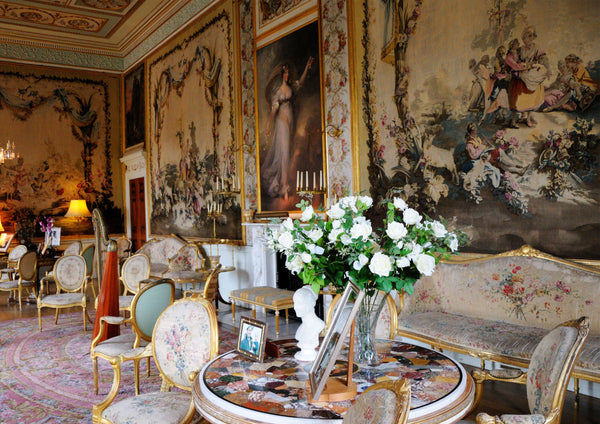
A History of Medieval Furniture And Its Revival Through Reproduction Furniture
Different and exciting home decor styles are constantly being sought after to elevate and distinguish your homes. Medieval furniture and decor is on the rise and is being revived through reproduction furniture pieces.
The designs of medieval furniture were dictated by the lifestyle of people during these times. People pledged their allegiance to the ever-changing reign of the nobility who were constantly warring. The lower classes led a nomadic life, following their chosen warlords. Their possessions, and consequently their furniture, needed to be robust, portable and stand up to the harsh winters.
Oak was widely available and was consequently the first choice in the construction of furniture. Its longevity and durability made it the perfect choice for this arduous lifestyle. Oak reproduction furniture pieces in the medieval style will also complement the rest of the furniture in your homes, should you wish to bring the medieval era into your home.
The most versatile piece of medieval furniture was the chest and was traditionally carved from tree trunks, which was not solid but hollow inside, held together with iron. This is where the term 'trunk' originates from. The 'hutch' chest stored and transported personal items and doubled up as a table, seat, desk and a platform on which to sleep. This resourceful piece of furniture was used to store possessions once its owner was settled.
The modern concept of B&Bs, or 'bed and board' originated from medieval times, whereby peasants only required these essential items of furniture, although they may have been complemented with a few soft furnishings for comfort and warmth. The 'board' served as the large table surface in the dining halls of the manors, on which the occupants and dependents would dine. Legs would simply have been tree trunks and branches, on top of which the board would lay. This led to the development of the 'trestle' table, which was much more portable and practical than the board and 'legs'.
The cupboard was a 'borde' used to store cups, which was adapted with doors and shelves to contain additional items. The buffet was introduced later and served as a modern-day dresser to store dining items in the large dining halls.
Chairs were reserved for the privileged few, and chairs that folded were popular amongst the nobility due to their practicality and portability. Stools and benches were the only seats designed for the medieval peasantry.
The Saxons' concept of a bed was simply a recess occupied by a board draped with some curtains. Fabric covered a straw bedding or 'mattress'. Iron rails to hang curtains from were introduced by the Normans. These fabrics were luxurious and greatly improved the aesthetics of the bed. Feather mattresses or beds were not seen until the 14th century.
Achieving medieval decor is relatively easy. Use rush mattings, hang the walls with materials, hangings and tapestries and commission reproduction furniture from pictures of medieval furniture. Obtain images of ancient designs which can be used for carvings or stencilled onto walls. See if you can acquire medieval weapons and armor to display. Light fixtures with candles will replicate the times perfectly, but beware of the potential fire hazard!
Let these harsh but exciting times inspire you to decorate your home in the medieval style.

Post a Comment!